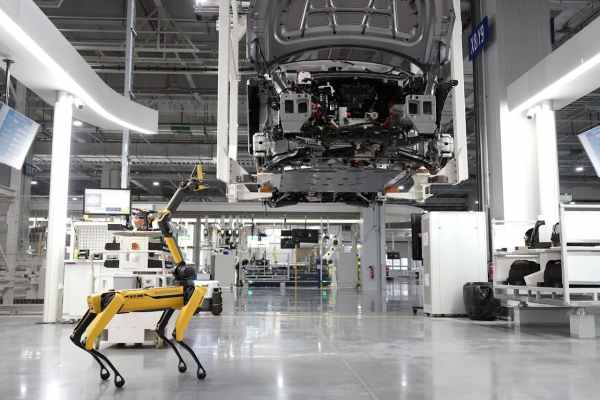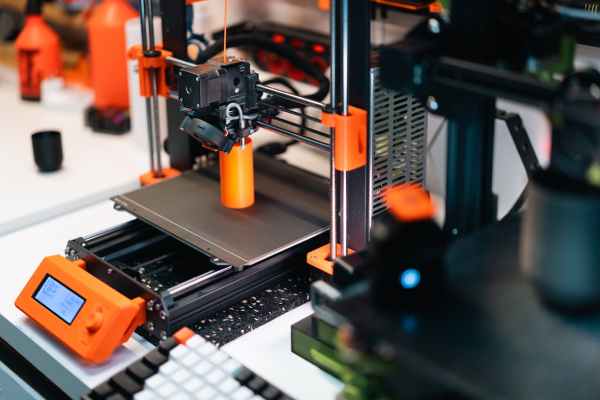Throughout human history, we can count up to four industrial revolutions. Today, we are in the so-called Industry 4.0, characterised by automated processes and the increasing use of intelligent machines. But little by little, ‘Industry 5.0’ is becoming an increasingly palpable reality.
What is Industry 5.0 and how does it differ from Industry 4.0, what will be the benefits for the worker and the employer?
But what is Industry 5.0?
Industry 5.0′ represents what will be the next industrial revolution. In it, people collaborate closely, daily and efficiently with artificial intelligence. We are currently in the middle of the previous step, the so-called ‘Industry 4.0’. This step pertains to the relationship between the human factor and information and communication technologies (ICT) in production processes.
What is the difference between Industry 4.0 and Industry 5.0?
Although both make use of artificial intelligence to optimise and make global industry a more efficient area, Industry 5.0 is even more concerned with sustainability and personalisation of production, i.e. generating exactly what the population demands and reducing surpluses that can cause problems for the environment.
What are the key characteristics of Industry 5.0?
One of the key features of Industry 5.0 is the close collaboration between people and artificially intelligent machines: this is the key feature of Industry 5.0. In this evolution, machines do not replace humans, but complement their skills to make them more efficient, to better detect the needs of society and thus personalise production to avoid surpluses that endanger the planetary ecosystem.
Industry 5.0 also has an important ally in the Internet of Things: machines will be able to communicate with each other to exchange data in real time and become more efficient and sustainable. During this exchange of information, it will be possible to detect irregularities in the production chain and thus implement strategies for more efficient energy use a posteriori. Does a factory misuse lighting, air-conditioning, is it unable to identify which of its equipment is abusing energy consumption? IoT and Big Data are essential to make factories smart.
What are the benefits of Industry 5.0?
Benefits for the worker
The European Commission’s report entitled ‘Industry 5.0: Towards a resilient, people-centred and sustainable European industry’ highlights, from its very title, the importance of people in smart factories: “A valuable prerequisite for Industry 5.0 is that technology serves people rather than people continuously adapting to constantly evolving technology.”
The report cites the Factory2Fit research project, which focuses on developing plans to improve the health and well-being of workers. One such strategy has involved the creation of a ‘virtual factory’ in which employees provide personal feedback and participate in sessions that identify potential areas for improvement and how to implement solutions that improve their quality at work.
Benefits for industry
There are several benefits of Industry 5.0 highlighted by the EU report for business, but three stand out above all others: the retention of more and better human talent, energy savings and increased resilience. In addition, there is an overall long-term benefit, even the most important of all: competitiveness and relevance through industrial adaptation to new markets and an ever-changing world.
In the first case, talent attraction and retention, we also see one of the main challenges of Industry 5.0. Millennials and digital natives, who will make up 75% of the workforce by 2025, have very different preferences and motivations than previous generations. For example, a high percentage of them consider a company’s social responsibility and commitment to the environment to be highly valuable before working with them.
For a company to adopt the values necessary to attract this large, specialised workforce, it must not only readjust its production processes, but also initiate alternative projects to its activity, such as social volunteering programmes or activities that help the local community.
In short, Industry 5.0 represents a giant leap forward with respect to Industry 4.0, the consolidation of a personalised, sustainable and efficient production model in which everyone wins.








